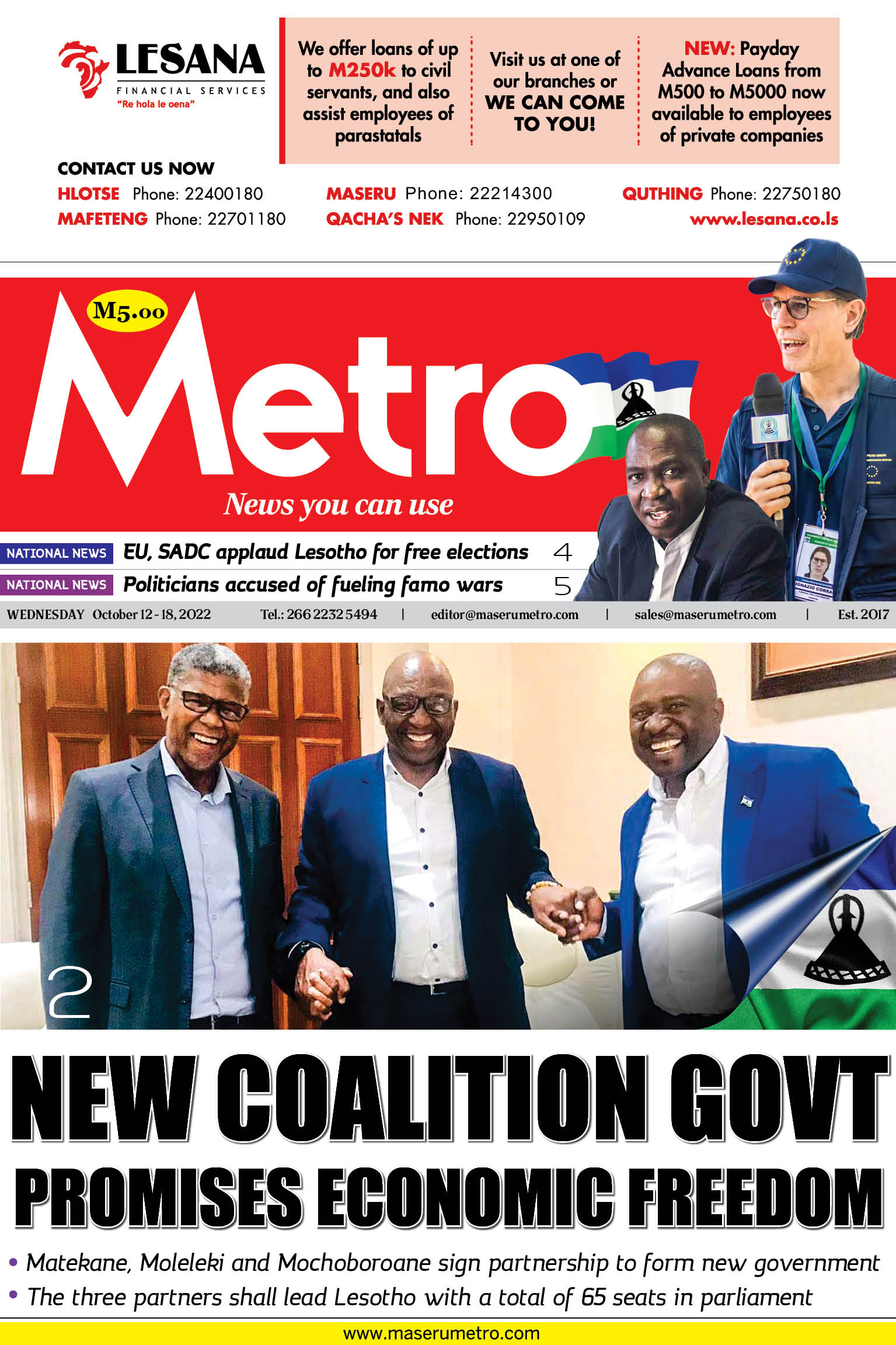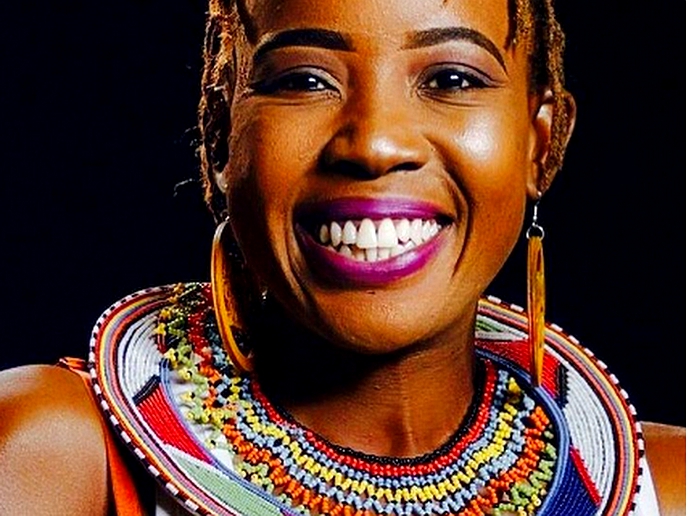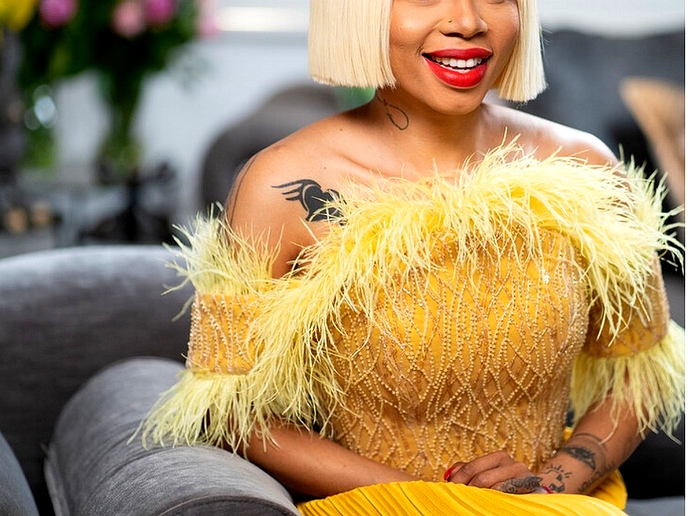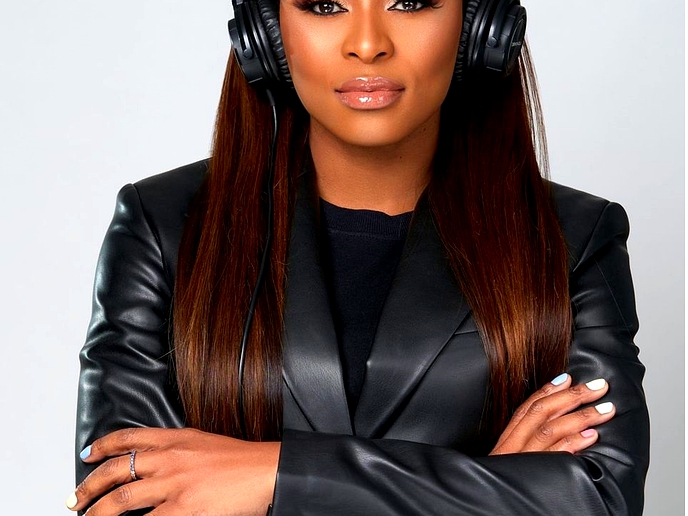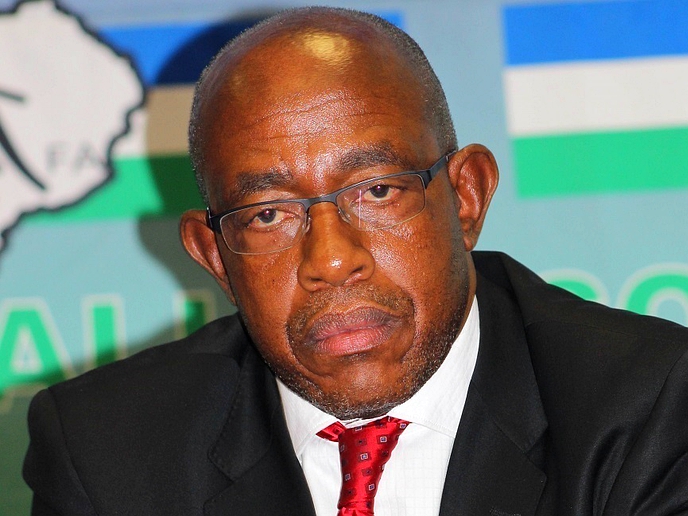A show to exhibit the lifestyle of Mapantsula is set to take Mafeteng by storm later on Saturday.
society
June 5, 2021
KABELO MASOABI
2 min read
Pantsula lifestyle celebrated in Mafeteng
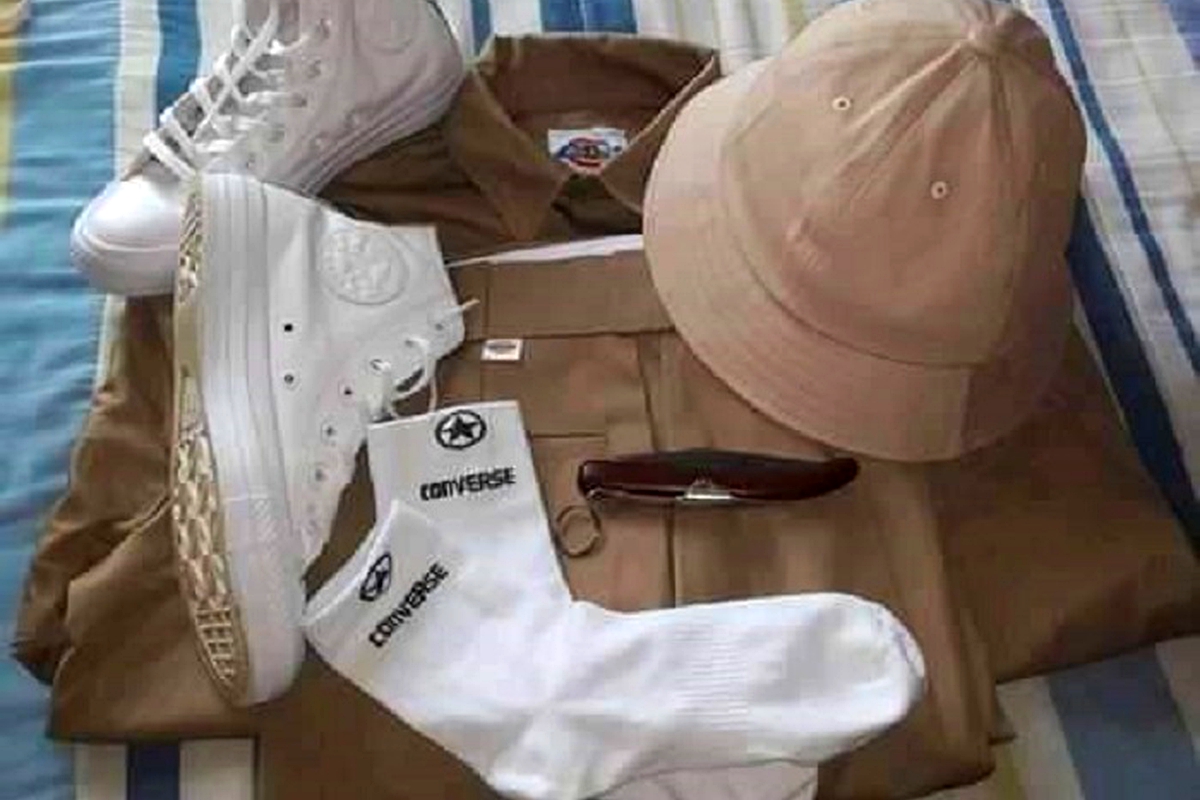
Pantsula outfit
The gig hosted by a group of top local deejays and artists takes place at the Gringos Park, an old white house next to the Mafeteng Hotel, Monyase DJ said.
Frequency, Black T, Runset, Cool T, Vynals, Sohnique Dj and Xfeqta are some of the deejays featured in the line-up to mesmerise the audience till late in the night.
“There will be a hubby session as well as a bon fire show and the event is to run under strict COVID-19 health protocols.
“These entertainers and the pantsula community have shot down suggestions that the local breed of dance music by Mapantsula - Kwaito, is dying after the new sounds of 'amapiano and gcom' were introduced.”
Local kwaito star and radio presenter, Skepzel Manyofi from Mazenod is also adamant that Mapantsula and their music are not fading way.
“Once that kind of lifestyle is instilled in you it becomes your personality. It's a lifestyle that is celebrated via its unique clothing, movement, speech and dance. Kwaito will never die. What changes is only the fresh designs of the genre. For instance; legendary Thebe now sings amapiano, but his lyrical content is still rooted in kwaito," he argued.
Also, South African acclaimed kwaito king, Arthur Mafokate, who released hits such as Ka***r and Die Poppe Sal Dans in the early 1990s, has shown that kwaito breeds and creates new sounds and when that happen, people suddenly want to treat them as genres independent of kwaito.
He said that makes artists and songs within the kwaito genre to be reduced.
"Take gqom and amapiano for instance - it is kwaito. They are trying to kill our music,” Mafokate also said.
Wikipedia states that Pantsula lifestyle and dance emerged in the 1950s and 1960s as a response to the forced removals implemented by the SA apartheid government, shortly after its ascent to power.
Enjoy our daily newsletter from today
Access exclusive newsletters, along with previews of new media releases.
It began in Alexandra and Sophiatown, two townships in Johannesburg, as groups of older men engaged in informal street dance competitions.
It eventually spread its influence to other neighbouring countries such as Lesotho, Botswana and Swaziland.
Groups such as Trompies, Alaska, Mashamplane, and artists including Mdu Masilela, Mawillies, Senyaka, Mzambia and Mshoza led the genre in the 90’s along with famous kwaito artists from Lesotho like Juvy oa Lepara from Maseru and Mthibo of Leribe.
Tailored for you
